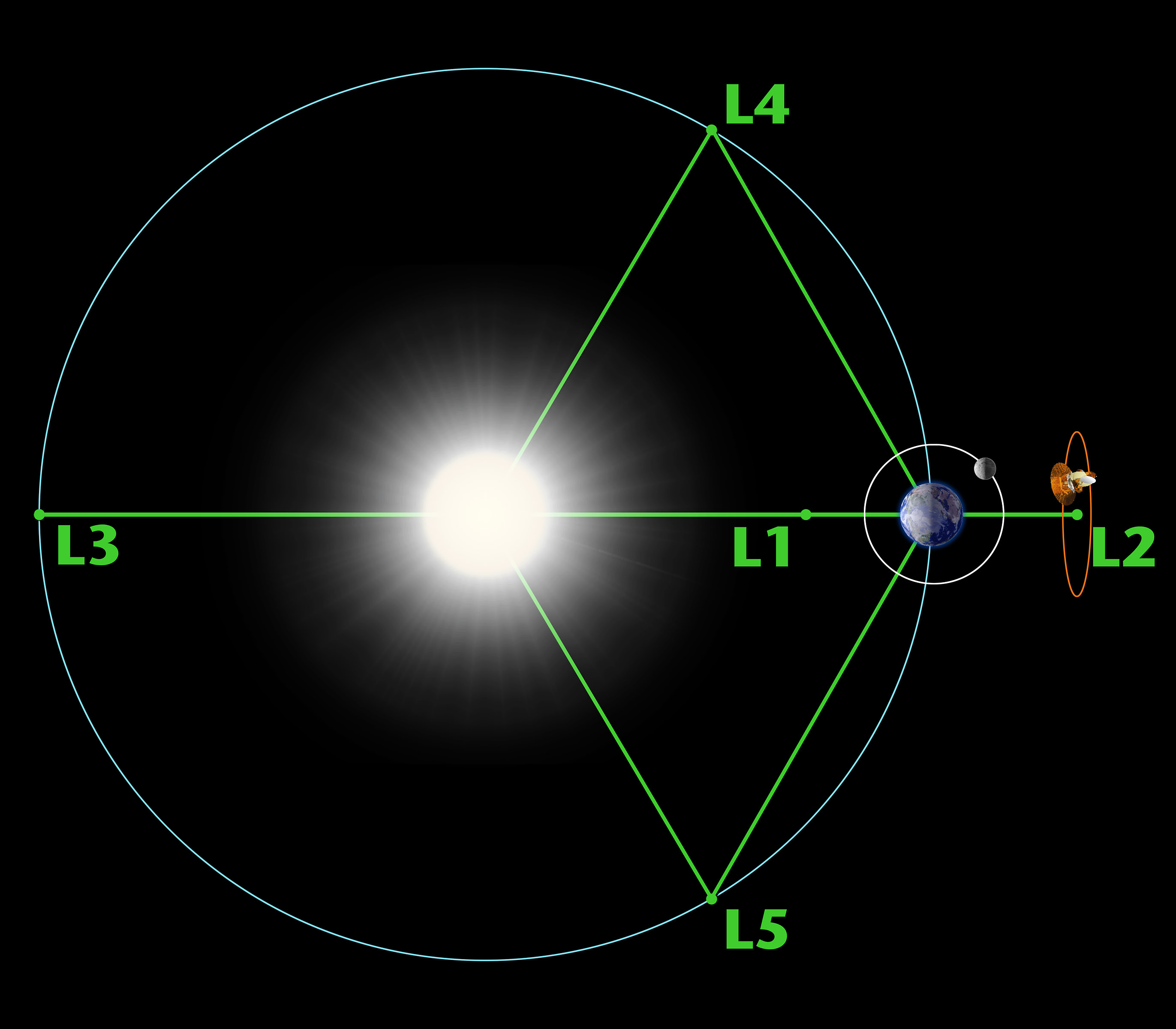Earth is warming up, and we don’t seem to have the powerstructure to deal with it in a timely fashion. It is becoming increasingly likely we either miss the opportunity but for some catastrophic event. Cowboy style geoengineering with our atmosphere has gone on now for more than a century and perhaps we should try our own move in this arena.
/https://public-media.smithsonianmag.com/filer/0e/cc/0ecc1771-0dd9-4ca1-af2f-3cb9edaf1450/isslight.jpg)
Russia’s space mirror
One option is to block sunlight. This has been proposed to be possible by spraying sulfer aerosol in the upper atmosphere, but we think this would only increase problems of our biosphere trying to cope. It is used as a scare tactic to smear the term ‘geoengineering’ so the public feels like it has no option than to wait out the death of fossil fuels.

There one option we think now has a bigger chance than say a couple or years ago. That is to build a sunshade in space. These ideas according to Wikepedia stem from 2002, a year in which the world didn’t know SpaceX or reusable rocked boosters. The best idea in our opinion is to use the so called Lagrange point L1. This is a point in space between the Earth and the Sun at which the gravitational pull of both cancel each other out. It is a point that travels with the rotation of the Earth around the sun. All sunlight that hits our planet passes through this Lagrange point L1.
There should be about as much invisible planets as there are planets in our solar system
You could consider L1 something of an invisible planet orbiting the Sun. It does not have a gravity well, but anything you bring to it will stay there. Theoretically a small mass there will act as if it is the only one in the region and things will fall towards it. This is a very convenient situation if we want to reduce the suns power on Earth. Even though we would need to create an enormous area with some kind of radiation shielding material, it is possible in the sense that we could even solar driven factory complex there, and create it in situ.

Closer to Earth the mirror would have to by much bigger, so L1 is a more practical location
All that is needed is to shield sunlight. One could use all kinds of debri to do that, including rocks already flying around in space. We don’t know the instability of material that is say 1000 km away from L1, but gravity doesn’t fall off quickly like magnetism. The spacestation has to travel really fast to miss Earth as it falls towards it. A light gold film could be one atom thick and reflect a large portion of the light. We’ll gather more sources for this idea over the next couple of weeks.
Cooling the Earth has beneficial properties because we are already seeing the number of heatwaves rise. Deadly heatwaves for 20 days a year affecting 75% of humanity are expected in 2100. We could be seeing 6 billion people die from heat exhaustion as we come up to that date. Plants will also die as 40 degrees Celsius is about all most of them can take. The only option is to lower the temperature somehow.

We have written about the option to grow seaweed to absorb CO2. This can be done using deep ocean water which holds all the necessary nutrients. The study that proposed this method mentioned it would have a side effect to cool the atmosphere to such an extend that most biomass gain would be from plants on land not dying from the heat! It would warm the oceans up, and the dumb reason to not do it now was that we might not be able to keep it going, risking a warmer Earth with a warmer ocean. Of course we would use robots and intelligent systems to execute and monitor this approach.

The L1 point can become a space station location for which the parts are not build on Earth but on the moon, so launching it is much less effort. With SpaceX technology it is thinkable to bring the necessary equipment to orbit and beyond. Perhaps the moondust can be slingshot around Earth in a constant stream. The challenge would be how to stop it though.
We’ll explort this option that will be part of all the solutions available. To be continued..